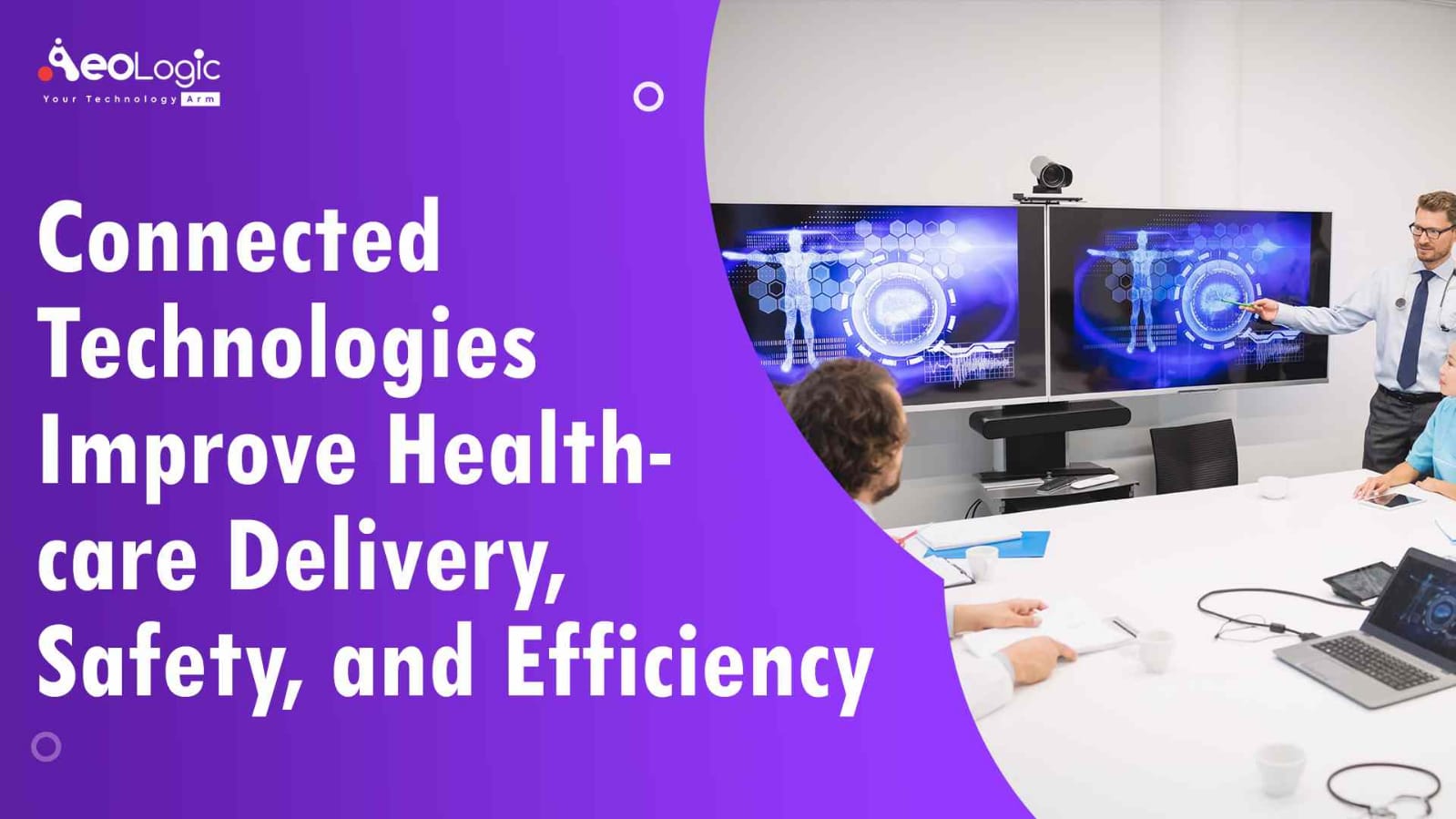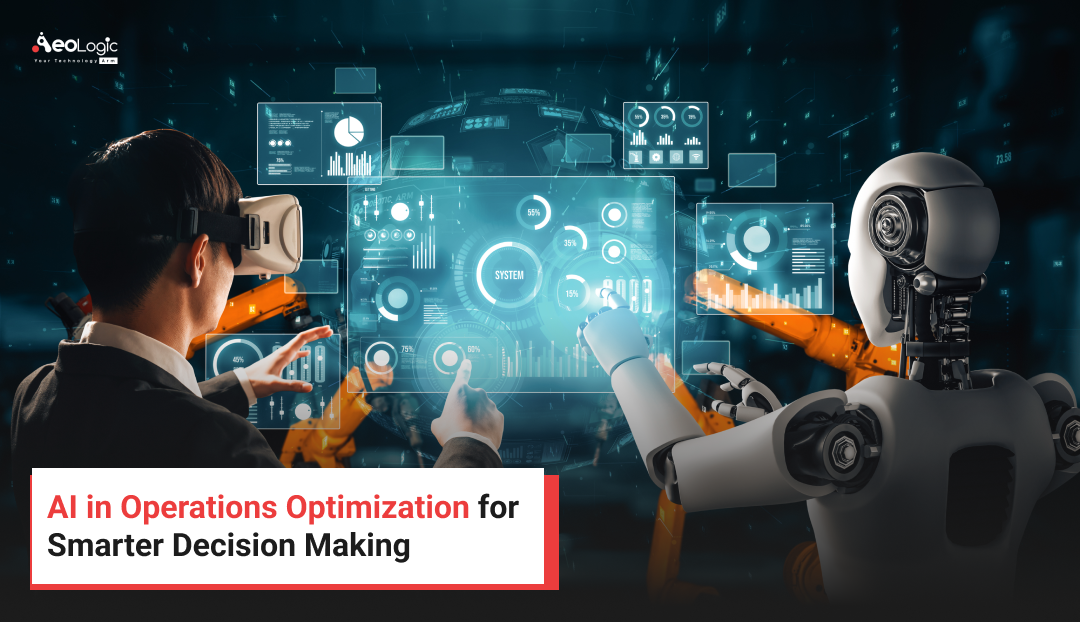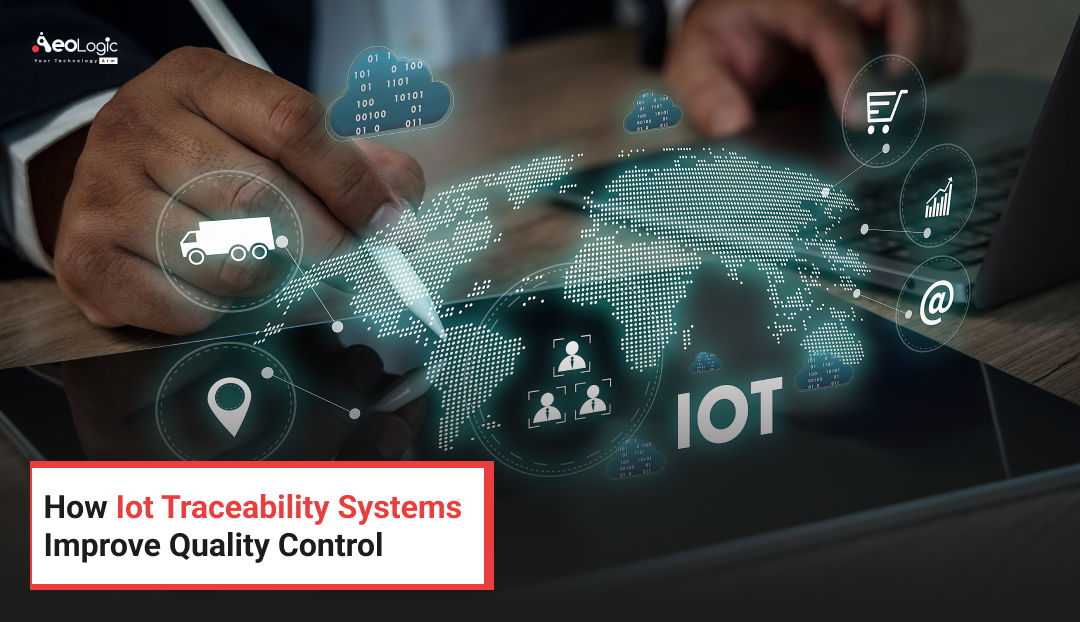Connected technologies are a way of delivering healthcare. You see, it isn’t about the technology itself, but how it is applied. Connected tech has been around for several years now. However, its use is still limited because terminology and processes need to be figured out. This article will take a look at how connected technology can improve the healthcare delivery process and the safety of patient safety suffered by some patients with disabilities or the elderly. It also highlights how implementing a connected healthcare system in hospitals can help in increasing efficiency and productivity over traditional methods of care delivery system.
Healthcare organizations are looking for ways to improve their ability to deliver better care to patients and reduce costs. These innovations are the result of connected technologies that are changing the way we live, work, and play.
Also Read: Benefits of Automation in the Manufacturing Sector
What is Connected Technology in healthcare?
The medical field is constantly changing. It may seem like only recently, but the Internet of Things (IoT) has actually been around since 1982 with the creation of the Web. Connected technology in healthcare is another name for this type of technology. The Internet and all its features have greatly improved our lives and changed the way we conduct business, educate ourselves, and communicate with others. However, it’s also had an impact on many aspects within hospitals, home care facilities, nursing homes, and other healthcare environments. There is no doubt that the use of connected technology will play a vital role in improving healthcare delivery overall – both in quality and cost management. In fact, 41% of healthcare professionals expect it to help them improve patient safety by 2020!
Also Read: How Digitalization and Data Are Reshaping Risk Mitigation?
Connected Technologies Improve Healthcare Delivery, Safety, and Efficiency
Connected Technologies are becoming a standard in healthcare, and they’re helping patients to better manage their conditions, as well as increase safety and efficiency.
Here’s how:
Cloud-Based Record
In a cloud-based medical record system, all medical records are accessible. Patients can access their information from any device they have access to; this means that doctors don’t have to sift through stacks of paper every time they need something from a patient’s record. It also means that patients don’t have to lug around countless pieces of paper as they go about their day.
Remote patient monitoring
Remote patient monitoring also allows patients to receive care from specialists who are more familiar with their condition than a staff member on-site would be. This saves money by allowing doctors and nurses to focus more time on patients who need them most.
Monitor Patient Feedback
Connected technologies also help providers monitor patient feedback and make adjustments to care plans accordingly. This helps ensure that patients get the most out of their treatments and receive the best outcomes for their needs.
Improves Efficiency
The use of connected technologies also improves efficiency within hospitals and clinics. By sharing data between departments and organizations, hospitals can analyze trends across multiple departments so they can make better decisions about how best to run their operations.
Also Read: The Role & Benefits of ERP in Supply Chain Management
Connected technologies help to monitor patient health.
Patient monitoring is the process of measuring a patient’s health over time to determine the effectiveness of treatment or to guide future treatment decisions. Patient monitoring benefits in a wide variety of settings, including hospitals, nursing homes, and pharmacies. Home care settings might also make use of it.
In order for these systems to work effectively, they must be able to provide accurate and reliable information about patients’ conditions and needs. This is where connected technologies come into play. Connected technology uses sensors that collect data about patients’ conditions and transmit it wirelessly to a server for processing by an algorithm that then generates an output based on those inputs. Health experts can remotely access the outputs through the same system (as well as other users).
Connected technologies have proven to be useful in areas where they are allowed to be used. For example, the U.S. Food and Drug Administration (FDA), which oversees some medical devices used in our country’s healthcare system, has given the green light for their use.
Also Read: Best Ways to Improve Supply Chain with Automation in 2022
Connected technologies can improve emergency response times
This technology can help improve emergency response times. By containing critical information, connected devices make it easier to provide better outcomes in many different patient care situations.
When emergency services are alerted of a medical emergency, response time can vary on the mode of transportation. Whether it’s a matter of minutes or hours, you’ll have to wait for the ambulance response time before you can even begin treating your patients. With connected technologies, this is no longer a concern. Connected technology can effectively improve healthcare delivery in many different ways by offering remote health monitoring capabilities and providing real-time data collection from patients in order to monitor their condition and respond accordingly.
Also Read: How AI is Helping to Address Staffing Shortages in Healthcare?
Connected technologies can help provide better outcomes for patients
It can help provide better outcomes for patients. It can improve the safety of healthcare delivery, improve the efficiency of processes, and minimize costs. Connected technology includes many different areas including computer systems, information systems, and telehealth solutions. These technologies deliver modern services or technological advancements to healthcare. These technologies aim to improve patient health and wellness by generating data on their diseases and activities. It also provides easy access to information, such as smartphone apps that share data with doctors.
Connected Technologies can enhance collaboration within healthcare settings.
In today’s healthcare setting, connected technologies can play a significant role in improving collaboration among physicians, patients, and caregivers. This is especially true when it comes to remote patient monitoring technology. It allows patients to interact with their doctors from the comfort of their homes or offices.
With a connected EHR, patients can get instant care and receive reminders of appointments and care plans. The EHR is linked to other health information systems from insurance providers and other providers making the patient’s experience seamless.
Conclusion
We are starting to see how connected technologies encompass the future of healthcare. Now we believe its importance will grow with each passing year. There is no denying the importance of the future that lies ahead for connected technology—its benefits to healthcare alone are invaluable. Rather, this technology represents an impressive force that will only get stronger with time. There are many ways that connected technology is improving the healthcare experience.
Feel free to schedule a free 60-minute consultation with one of our experts. We’ll talk about the opportunities and address any concerns you may have. Our consultants will come up with ideas and explain how they can help you. Let’s talk!
Aeologic Technologies is a great place to start!

I’m Deepika Pandey, an SEO strategist and content writer with 6+ years of experience. I create SEO-friendly content that drives traffic and engages readers. I combine data insights with creativity to help businesses grow their online presence effectively.





